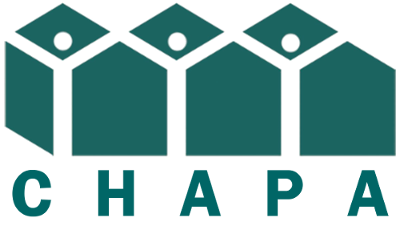Roughly 40 years ago, the United States was in the midst of a huge push to create affordable multifamily rental housing. Starting in the mid-1960s and continuing through the late 1970s, almost a million affordable rental housing units were produced nationwide through federally-assisted mortgage programs that tied affordability restrictions to below-market-rate 40-year mortgages. Along with several other states, Massachusetts supplemented the federal programs by financing similar housing with state funding.
While a 40-year mortgage term may have seemed like forever in 1970, policymakers have long predicted a “Year 40 Problem” as thousands of mortgages nationwide reach maturity and affordable units are eligible to be converted to market-rate. Already in Massachusetts, over 3,800 affordable apartments have reached the end of their 40-year mortgages with no other affordability restrictions. Another 13,200 apartments in 110 projects will reach Year 40 by the end of the decade.
This paper offers insight into the expiring mortgage or “Year 40 Problem” examining the first 19 Massachusetts projects that reached their mortgage term without other restrictions. 89% of these projects lost some or all of their affordability at Year 40, a loss of 2,105 units2. A list of the projects with a breakdown of affordable units and outcomes is attached as Appendix A. To help understand and address upcoming preservation challenges, the paper sheds light on the range of Year 40 outcomes and analyzes the project attributes that might indicate whether a Year 40 project will lose affordable units.
